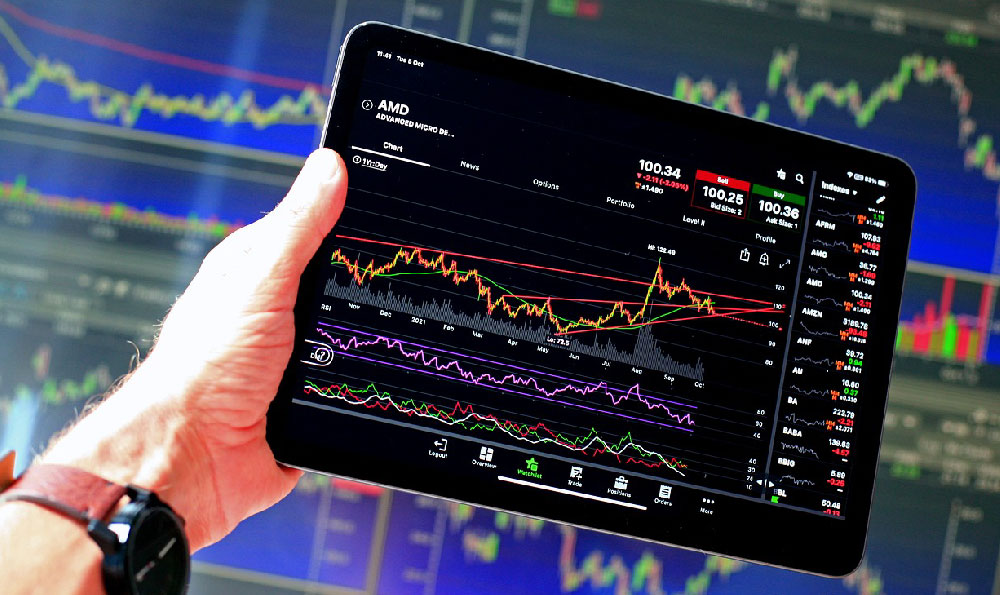
The allure of transforming a hobby into a revenue stream is a powerful motivator, and the realm of 3D printing offers fertile ground for such an endeavor. Monetizing your 3D printer requires a blend of technical expertise, entrepreneurial spirit, and a realistic understanding of the market landscape. It's not simply about owning the machine; it's about identifying a need, developing a solution, and effectively communicating its value to potential customers.
One of the most direct routes to monetization lies in offering on-demand 3D printing services. This involves accepting custom orders from individuals or businesses who require prototypes, replacement parts, or personalized items. The key here is specialization. Broadening your scope to all requests will put you in competition with larger printing services, and you likely won't be able to offer the same competitive pricing. Instead, carve out a niche. Perhaps you focus on printing architectural models for local firms, or creating custom miniatures for tabletop gaming enthusiasts, or fabricating specialized components for drone hobbyists. Identifying a niche allows you to become a recognized expert in that area, commanding higher prices and fostering repeat business.
To succeed in this model, you'll need to invest in building a professional online presence. A website showcasing your printing capabilities, materials, and previous projects is essential. Include high-quality images of your work and clearly define your pricing structure. Transparency is paramount; customers appreciate knowing the cost upfront. Explore platforms like Etsy or specialized 3D printing marketplaces to reach a wider audience. Effective marketing is also crucial; leverage social media to showcase your work and engage with potential customers. Consider offering introductory discounts or free consultations to attract initial clients. Be prepared to provide excellent customer service, addressing inquiries promptly and resolving any issues effectively. Positive word-of-mouth is a powerful marketing tool in this industry.

Another avenue for monetization is the creation and sale of your own 3D printed products. This approach requires more upfront investment in design and development but offers greater potential for scalability and profit. Consider designing and selling unique phone cases, decorative items, functional tools, or even replacement parts for common household appliances. The possibilities are endless, limited only by your creativity and technical skills. Before investing significant time and resources into product development, conduct thorough market research to identify unmet needs or underserved niches. Are there existing products that could be improved upon with 3D printing technology? Are there specific demographics with unique needs that you can cater to?
If you choose to sell your own designs, consider the material costs, printing time, and post-processing requirements when determining your pricing. Don't underestimate the value of your design work and the unique features of your products. Protecting your intellectual property is also crucial. Consider copyrighting your designs or obtaining a design patent to prevent others from copying and selling them. You can sell your designs through online marketplaces like Etsy, Shapeways, or Cults3D, or create your own e-commerce website. Partnering with local retailers or craft fairs can also provide valuable exposure and sales opportunities.
Beyond tangible products, consider leveraging your 3D printing skills to create and sell digital 3D models. If you're proficient in 3D modeling software, you can design and sell your models to other 3D printing enthusiasts. There's a growing demand for high-quality 3D models for a wide range of applications, from hobbyist projects to professional prototypes. Platforms like Thingiverse, MyMiniFactory, and CGTrader allow you to upload and sell your designs, earning royalties on each sale. Creating detailed and well-documented models is key to attracting customers. Provide clear instructions and support to ensure that users can successfully print your designs.
However, it is also important to acknowledge the potential pitfalls. One significant risk is underestimating the competition. The 3D printing market is becoming increasingly crowded, and differentiating yourself from the competition is crucial. You need to offer something unique, whether it's specialized expertise, innovative designs, or exceptional customer service. Also, be prepared for the challenges of maintaining your 3D printer. 3D printers require regular maintenance and occasional repairs. Factor in the cost of replacement parts and maintenance services when calculating your profitability. Also, be realistic about the time commitment required to manage your 3D printing business. It's not a passive income stream; it requires significant effort in design, printing, marketing, and customer service.
Before committing to any particular monetization strategy, conduct a thorough cost-benefit analysis. Calculate the costs of materials, electricity, maintenance, and marketing, and compare them to the potential revenue you can generate. Don't forget to factor in your own time and labor. Starting small and gradually scaling up your operations is often the best approach. This allows you to learn from your mistakes and adapt your strategy as needed. By carefully planning your approach and staying informed about market trends, you can successfully monetize your 3D printer and turn your passion into a profitable venture. Remember, long-term success requires a commitment to quality, innovation, and customer satisfaction.





